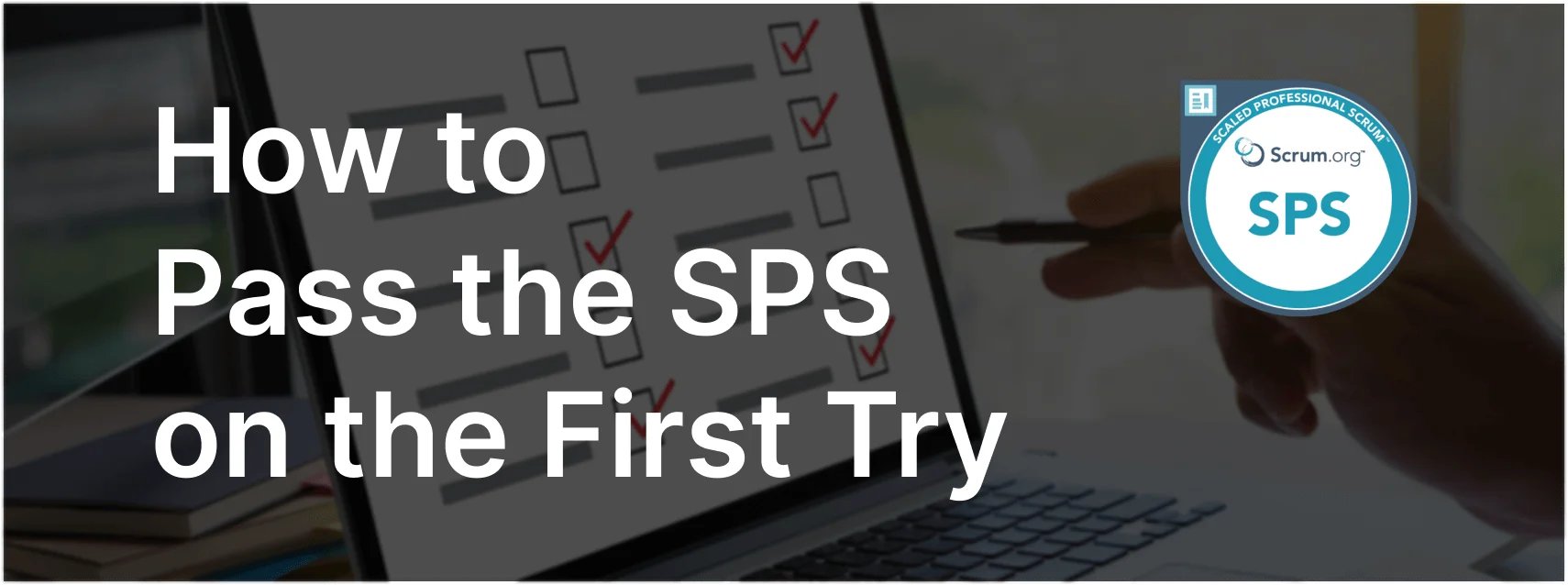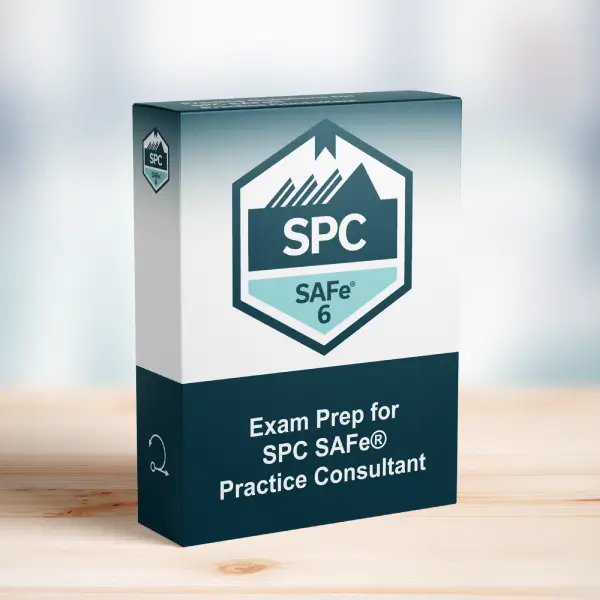Facilitating Effective PI Planning
This article focuses on how SPCs enable cross-team alignment and collaboration during PI Planning — a cornerstone of ART success in SAFe.
Exam Question
When is the ROAM technique used to categorize ART PI risks during PI Planning?
(choose the best answer)
A. After the final plan review
B. During the final plan review
C. During the draft plan review
D. During the management review and problem-solving meeting
Correct Answer
A. After the final plan review
Explanation
Correct Answer
A. After the final plan review:
This response aligns with SPC principles and SAFe guidance for this situation.
Incorrect Answers
B. During the final plan review:
This option does not directly relate to the concept emphasized in this SAFe principle.
C. During the draft plan review:
This option does not directly relate to the concept emphasized in this SAFe principle.
D. During the management review and problem-solving meeting:
This option does not directly relate to the concept emphasized in this SAFe principle.
Facilitating Effective PI Planning
- SPCs align ARTs on shared goals and objectives during PI Planning.
- Facilitate risk identification and resolution via ROAM.
- Ensure readiness across teams to improve planning outcomes.
Relevance to the SPC Exam
This question format mirrors the actual SPC exam. Understanding the SPC’s role and decision-making logic is essential for passing and for leading transformations.
Key Takeaways
- SPCs guide enterprise-wide Lean-Agile adoption.
- SAFe encourages systemic thinking and long-term enablement.
- Traditional, rigid planning approaches are not effective in SAFe.
Conclusion
Understanding this concept is critical for mastering SAFe roles and passing the SPC exam. For structured practice, visit our SPC Exam Prep.
Read more:



